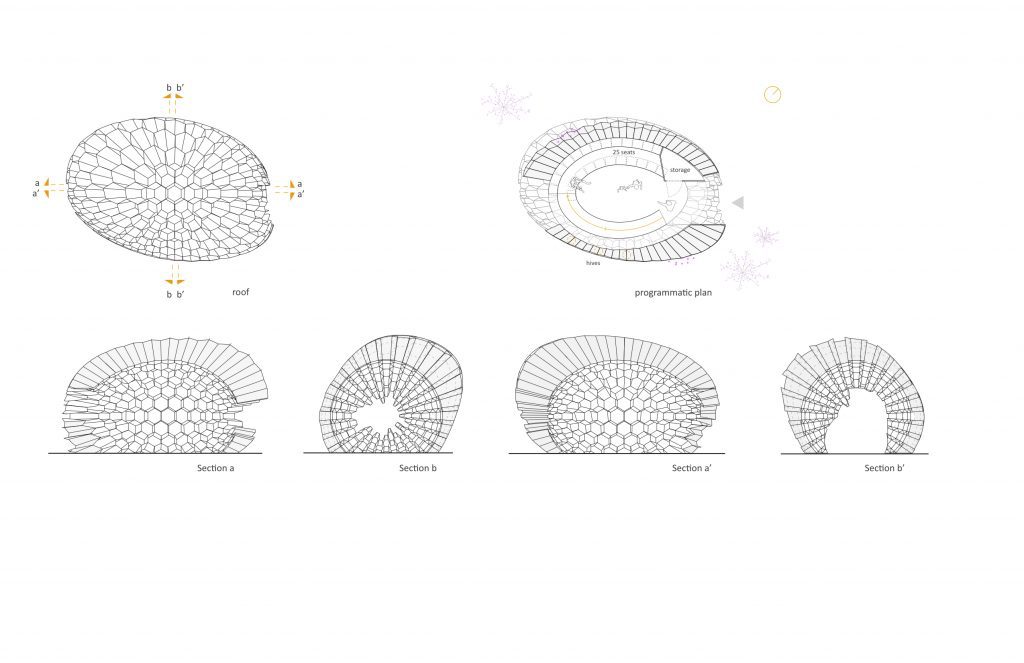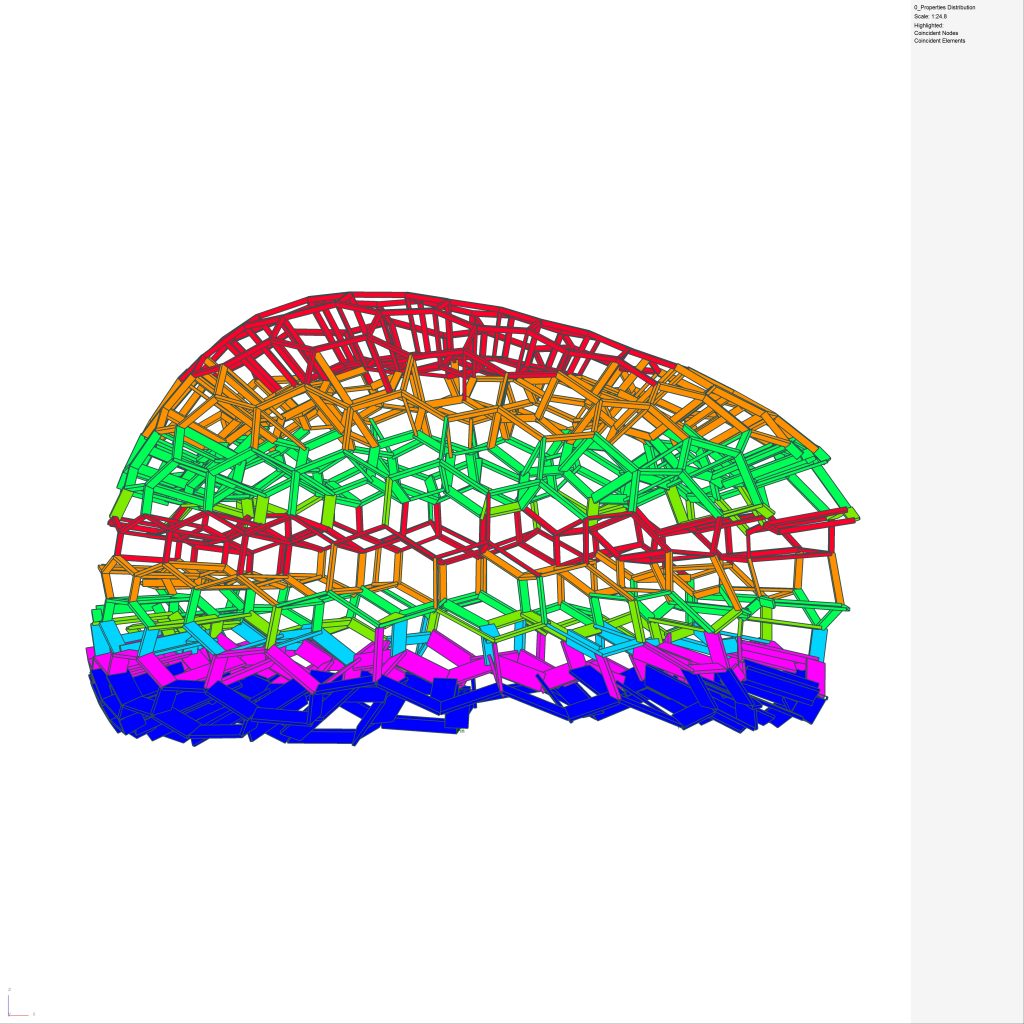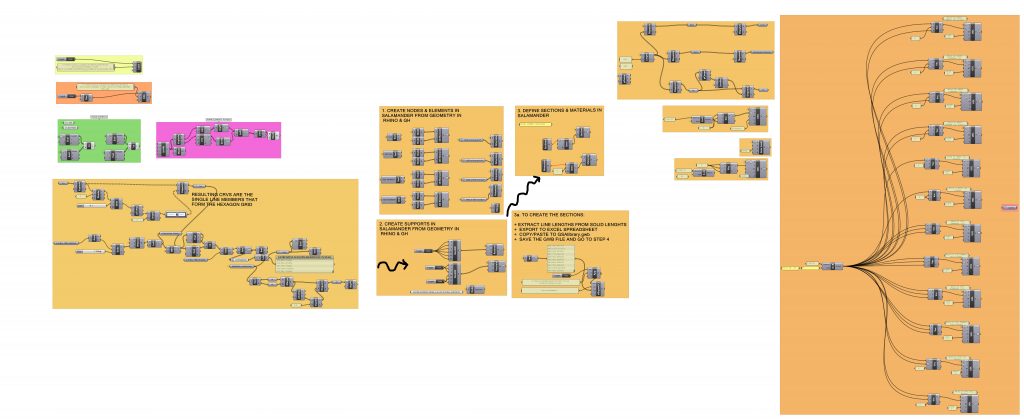Software Used on this Project
Project Overview
The b-Shack is a highly innovative beehive observation and study centre designed, fabricated and assembled by graduate students in the Facility for Architectural Research in Media and Mediation (FARMM) at the McGill University School of Architecture.
The b-Shack project was conceived to provide promotional and infrastructural support to urban beekeeping communities, in particular, the non-profit Montreal’s collectives: Santropol Roulant and the McGill Apiary Association (Figures 1,2). The program allowed these groups of volunteer educators and amateur beekeepers to share their knowledge and interest in bees with the public while engaging in bioresource engineering research initiatives focused on CCD. The project simultaneously encouraged a group of young students in architectural research to practice responsibly, through the creation of a real world response to this plight of the bees. Jason Crow (Phd Candidate, McGill University) and Maria Mingallon (Senior Structural Engineer, Arup) are directing the team of students who will make b-shack a reality: Maria Nikolova, Naomi Hébert, Kyle Burrows, Chloé Blain, Alexandre Hamel, Lance Moore, Marlène Bambonye, Brighita Lungu, Brian Muthaliff, Li-Anne Sayegh and Anca Matyiku.
How Oasys proved invaluable
Structural Analysis
The structure of the b-Shack is an irregular hexagonal grid-shell, which required the use of optimisation algorithms to reduce the number of different member sizes and joint connecting angles (Figure 3). The strategy for this optimisation was carried out across multiple steps. First a script in Grasshopper for Rhinoceros generated an initial hexagonal grid arrayed on a given surface. This grid was then regularised using the plugin EvoluteTools Lite for Rhinoceros. The grid-shell was analysed in Oasys GSA using the MS Exchange plugin Salamander for Grasshopper. The structural model was built in Salamander using geometry previously defined in Grasshopper and/or Rhinoceros and subsequently exported to Oasys GSA for analysis. Results were returned to Grasshopper and fed into the fitness function triggering the evolutionary solver Galapagos; in particular, beam stresses and material quantity (Figures 16, 17).
The fitness function was defined as the difference between the maximum stress in the member and the material strength (in bending, compression and tension), plus the difference between the total weight of the structure and a specified maximum tonnage. The first part of the equation served to ‘homogenise’ stresses among members, and ensured they were all fully used. The second part of the equation reduced the thickness of the members (among a given list of available thicknesses) to reduce the total tonnage and again maximise material utilisation ratios. The fittest configuration was therefore found when the fitness function was as close as possible to zero.
The use of Salamander for Oasys GSA and Grasshopper permitted the rapid implementation of changes with results populated in real time. It exploited the traditional use of structural analysis tools –mostly used to ‘retrofit’, as the analysis was performed after most design decisions were taken- to inform the program continuously as the design was being developed (Figures 4 and 5 to 10).
Complete team: Jason Crow (project director), Maria Mingallon (project director), Maria Nikolova, Naomi Hébert, Kyle Burrows, Emily Baxter, Chloé Blain, Alexandre Hamel, Lance Moore, Nicolas Demers-Stoddart, Sophie Wilkin, Justin Boulanger, Marlène Bambonye, Brighita Lungu, Brian Muthaliff, Farid Raner, Li-Anne Sayegh and Anca Matyiku.

Figure 1. Plan, sections and elevations.

Figure 2. Distribution of the different structural properties across the hexagonal grid.

Figure 5. Distribution of the combined stresses (C2) for an envelope case covering all the different ULS combinations dictated by the NBCC. Elevation View.

Figure 6. Distribution of the combined stresses (C2) for an envelope case covering all the different ULS combinations dictated by the NBCC. Perspective View.

Figure 7. Distribution of the combined stresses (C2) for an envelope case covering all the different ULS combinations dictated by the NBCC. Front View.

Figure 8. Distribution of the combined stresses (C2) for an envelope case covering all the different ULS combinations dictated by the NBCC. Top View.

Figure 9. Deflected shape of the hexagonal grid under an envelope case covering all the different ULS combinations dictated by the NBCC. Front View.

Figure 10. Distribution of the predicted deformation of the hexagonal grid under an envelope case covering all the different ULS combinations dictated by the NBCC. Elements in blue experience the highest deformations; while those in red had the lowest deformation values. Front View.

Figure 11. View of the section optimisation script, using Salamander for Oasys GSA and Galapagos in GrasshopperTM –plugins for the 3D modelling software Rhinoceros3D.

Figure 12. View of script setting up the structural model in Grasshopper, using Salamander for Oasys GSA.

Figure 13. A snapshot of the script in Grasshopper and Salamander while exporting the structural data to Oasys GSA.
